The Department of Biochemistry and Biomedical Sciences (BBS), which exists within the faculties of Science and Health Sciences at McMaster University, is known for its world-class researchers and professors. You might have a course taught by them or wish to carry out research in their labs. Begin by searching for a professor or area of interest, or by scrolling through the list below. Select an image to learn more. For more information, see the Biochemistry and Biomedical Sciences Faculty Directory.
If you're on mobile, tap on a photo to expand it, and then tap on the dot in the lower right corner to view details.
DEPARTMENT MEMBERS
Dr. Bhatia is interested in human somatic and pluripotent stem cell development on a molecular level. More specifically, he focuses on characterization of pathways that govern such cells, including self-renewal and differentiation mechanisms, while employing novel in vivo models for cell and tissue regeneration.
Source: McMaster University Stem Cell and Cancer Research Institute.
The Bishop lab focuses on bacterial cell envelope biogenesis and mechanics, including lipid transport and signal transduction.
The Bowdish lab studies the process of macrophage phagocytosis, how macrophages influence the composition of the microbiome of the upper respiratory tract and how they recognize and destroy Streptococcus pneumoniae, the major cause of pneumonia in the elderly.
Source: The Bowdish Lab
Dr. Brown works on bacterial molecular genetics, with a special interest in a biochemical approach to understanding and combatting antibiotic resistance, in addition to bacterial cell structure biogenesis.
Source: Brown Lab
The Burrows lab studies the Type IV Pili and Type II Secretion systems of Pseudomonas aeruginosa in a drug development context, in addition to examining biofilm development.
Source: Burrows Lab
Dr. Coombes works on understanding the relationship between pathogenic bacteria and their hosts, and how this relationship changes biologically and physiologically with respect to pathology and immunology. His lab in particular has a special interest in GI tract diseases.
Source: Coombes Lab
The Gupta lab identifies novel molecular markers through examination of the cellular genome.
Dr. Hassell studies the PEA3 subfamily of mammalian Ets proteins, which are active in mammary gland development and oncogenesis.
Dr. Li studies the various applications of single-stranded DNA and RNA (ssDNA, ssRNA) including catalytic and binding functions. Additionally, the Li Lab creates novel ssDNA/ssRNA molecules with the intention of screening for novel functions.
As a new member to SCC-RI, Dr. Lu utilizes proteomics and systems biology to study alternative splicing regulatory mechanisms to profile splicing isoforms, characterize splicing factors, and pinpoint signaling pathways of differentiation of pluripotent human embryonic stem cells and iPSC.
The MacNeil lab studies the impacts of diet and microbiota on larger-scale factors, including health and development and disease susceptibility and progress. The MacNeil lab uses high-throughput screening to identify key genes that modify an organism's response to specific environmental factors, and often uses the nematode C. elegans as a model organism.
A joint professor within the Department of Chemistry and Chemical Biology, Dr. Magarvey studies metabolomics and small molecule signaling in biochemical pathways.
Dr. McArthur and the McArthur lab's work spans bioinformatic approaches to sequencing and analyzing genomic causes of bacterial drug resistance, in addition to the creation of novel biological databases and the ongoing development of the Comprehensive Antibiotic Resistance Database (CARD).
Dr. Miller and his lab study innate and adaptive immune responses elicited in humans. Specifically, one area of research involves regulators of the primary immune response in the context of amyotrophic lateral sclerosis (ALS) and inflammation. Responses to influenza A viruses are also of large interest, with the goal of furthering the development of a “universal” broadly cross-protective vaccine.
Source: The Miller Lab
Dr. Schertzer studies inflammation and its role in both myopathies and type II diabetes. In addition, the Schertzer lab studies how the human microbiome can affect metabolic diseases.
Source: McMaster Farncombe
Dr. Sloboda studies the impacts of maternal nutrition and stresses on fetal development throughout adulthood, with special interest in Circadian biology.
Soure: Sloboda Lab
Dr. Trigatti's lab explores atherosclerotic development, specifically investigating the role of the mechanism and cell responses to high-density lipoproteins.
Dr. Truant and his lab have developed novel tools that assist in viewing protein transport through the body's organelles, employing this research to genetically inherited neurodegenerative diseases, such as Huntington's disease.
Research in the Whitney lab employs a multidisciplinary approach to uncover the molecular details of pathways that shape the composition of bacterial communities. Specific areas of research include interbacterial competition and bacterial adhesion.
Source: John Whitney Lab
In response to the acquired antibiotic resistance era society currently resides in, Dr. Wright's lab investigates the molecular mechanisms of bacterial resistance and antibiotic biosynthesis with aspirations to create novel antibiotics.
Source: The Wright Lab
The Yang lab studies molecular interactions with computational tools, particularly ZMM program suite in studying ice-antifreeze, ion channels-toxin, and cellulose-cellulase systems.
ASSOCIATE MEMBERS
The Ask lab focuses on the biological mechanisms of fibrosis or scarring, with particular emphasis on chronic lung disease and inflammatory conditions. Focusing on the role of macrophages and the unfolded protein response in the pathogenesis of lung diseases, the Ask Lab employs a cross-disciplinary approach to research. Through partnerships with clinicians, molecular pathologists, and biomedical researchers, the lab aims to better understand chronic lung diseases and how they can be pharmacologically prevented.
Dr. Atkinson's main research consists of the nutritional, genetics and biochemical influences that play a role in phenotypic and determinants for disease in fetal, neonatal, and early childhood.
The Bramson lab studies immune homeostasis and how tumours affect this bodily balance/scale, while subsequently aspiring to formulate immune therapies to treat cancer.
Dr. Brennan investigates biointerfaces and bioactive materials suitable for specific conditions, such as sold-phase assays in small molecule screening.
Source: Department of Chemistry and Chemical Biology, McMaster University
Utilizing the bacterium Streptomyces coelicolor as their model system, the Elliot lab studies cellular dormancy and resuscitation, particularly focusing on cellular differentiation in a multicellular bacterium with ambition to determine novel RNA regulatory networks and integrate it into known regulation events that control development and antibiotic production and stimulate antibiotic production to identify new antibiotics to combat against disease.
As an Associate member in both Kinesiology and Biochemistry and Biomedical Sciences, Dr. Hawke employs molecular, cellular, and physiological approaches in studying muscle satellite cells in diseases, including diabetes mellitus and limb girdle muscular dystrophy.
Aside from acting as the Clinical Biochemistry Training Program Director, Dr. Hill works towards a better understanding in biomarkers of cardiac injury, as well as evidence-based laboratory medicine.
Dr. Holloway’s research is geared to studying the mechanistic pathways that lead to metabolic endocrine disruption, specifically in the role by which fetal exposure to specific chemical insults can cause adverse postnatal health results, such as type 2 diabetes and obesity.
Charu Kaushic's research efforts focus on understanding the microenvironment of the female genital tract and its interaction with the sexually transmitted pathogens and the immune system. We are currently focusing our effort on two sexually transmitted viral pathogens HSV-2 and HIV-1.
Dr. Larché’s research is primarily focused on the relation between mechanisms that initiate immune response and asthma symptoms, in addition to defining biomarkers for treatment and diagnosis, with the long-term goal to develop peptide vaccines for a variety of chronic immune diseases.
Source: ScienceDaily
Dr. Nazi’s lab studies the relationships between antibodies and their target antigens on platelets that result in thrombocytopenia and/or thrombosis, using heparin induced thrombocytopenia and immune thrombocytopenia (ITP) models.
Dr. Poinar uses an interdisciplinary approach to research in determining the state of preservation in forensic, archeological, and paleontological remains for subsequent extraction of molecular information.
Source: McMaster Ancient DNA Centre
Dr. Raha and his lab previously worked on the role of neonatal nicotine exposure to mitochondrial function, as well as oxidative phosphorylation diseases; with a recent direction towards understanding how maternal obesity impacts the development and functionality of the placenta.
Dr. Singh's lab takes a developmental neurobiology outlook to the study of brain tumourigenesis in their program, consisting of research in Bmi1 functionality in BTICs and brain tumorigenesis through stem cell glioblastoma populations, stem cell signaling pathways in medulloblastoma patients, and initiation of brain metastases from metastatic lung cancer.
Source: Stem Cell and Cancer Research Institute, McMaster University
As the Director of the Thrombosis & Atherosclerosis Research Institute (TaARI), Dr. Weitz’s research is concentrated on the mechanisms surrounding coagulation and fibrinolysis, particularly with thrombosis and vascular disease.
Joint MEMBERS
The Berti lab studies transition states moderated by cellular enzymes, in order to design powerful and specific inhibitors for select enzymes.
Dr. Higgs uses statistical mechanics to understand complex evolutionary biology, as well as studying bioinformatics and molecular evolution.
Source: Department of Physics and Astronomy, McMaster University
Dr. Melacini studies conformational switches in cellular signaling pathways, in addition to early amyloid fibril formation.
Source: Department of Chemistry and Chemical Biology, McMaster University
The Mossman lab studies viral-immune interactions; specifically, how viruses block targeted immune responses. The lab has recently taken an interest in developing viral vectors for gene and cancer therapy.
Dr. Steinberg studies obesity and diabetes with interest in body-wide breakdown of fat and insulin response.
The Surette lab studies bacterial pathogens in respiratory infections, with interest in cystic fibrosis cases. Clinical sequencing data is used to gain insight on the identity and genetic makeup of pathogens, and further understand their interactions with avirulent organisms and pathogens.
The Werstuck lab studies the relationship between diabetes mellitus and atherosclerotic cardiovascular disease, often using mouse models, in addition to examining human tissue or blood samples.
Source: The Werstuck Lab



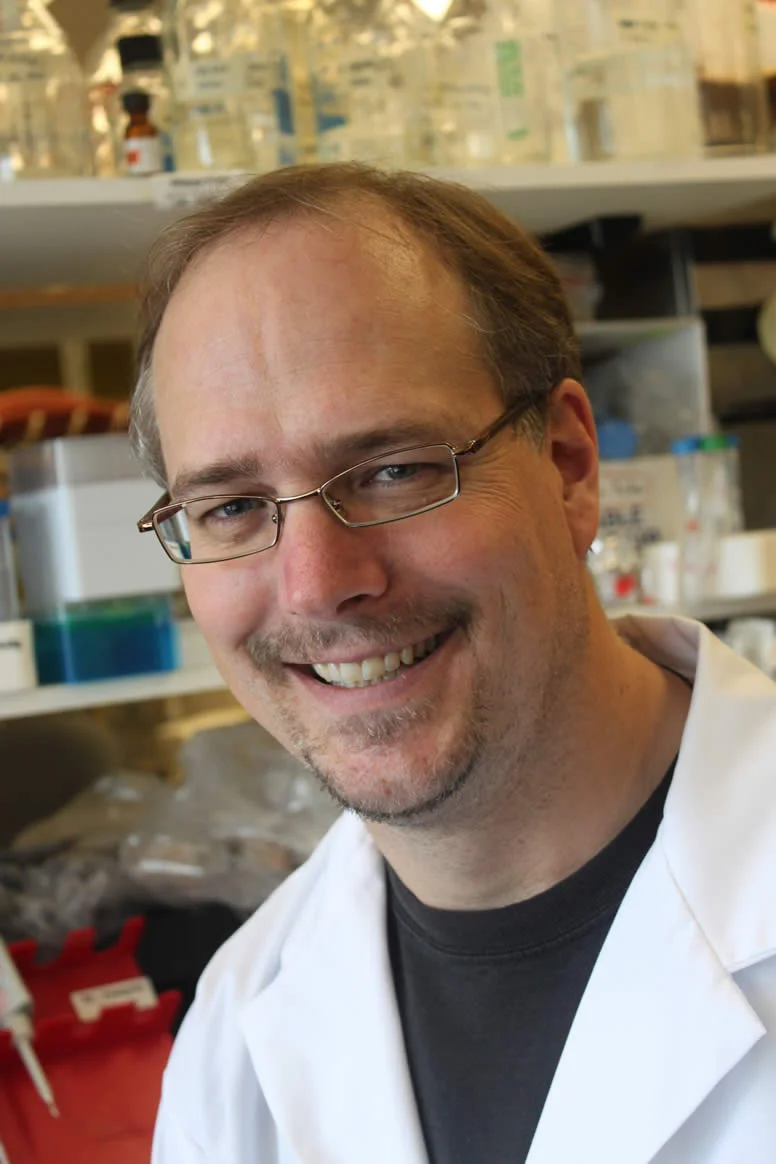



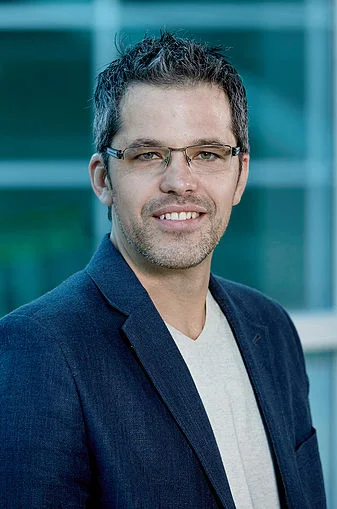
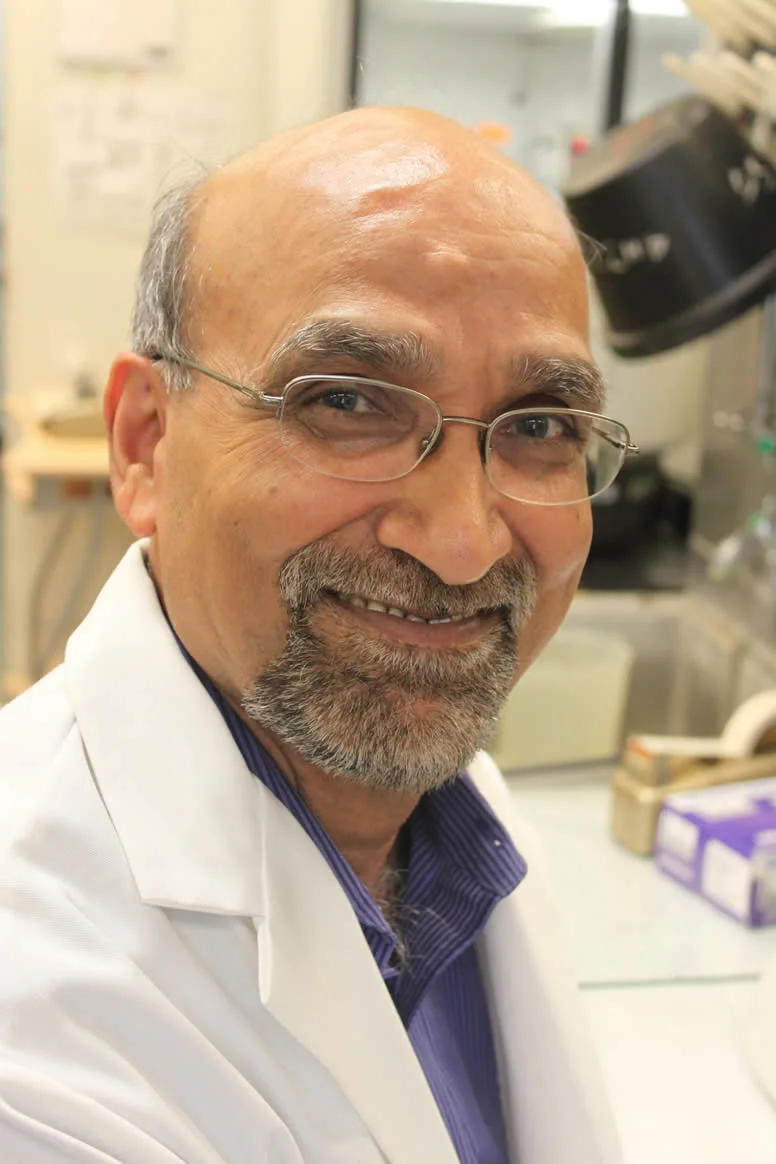









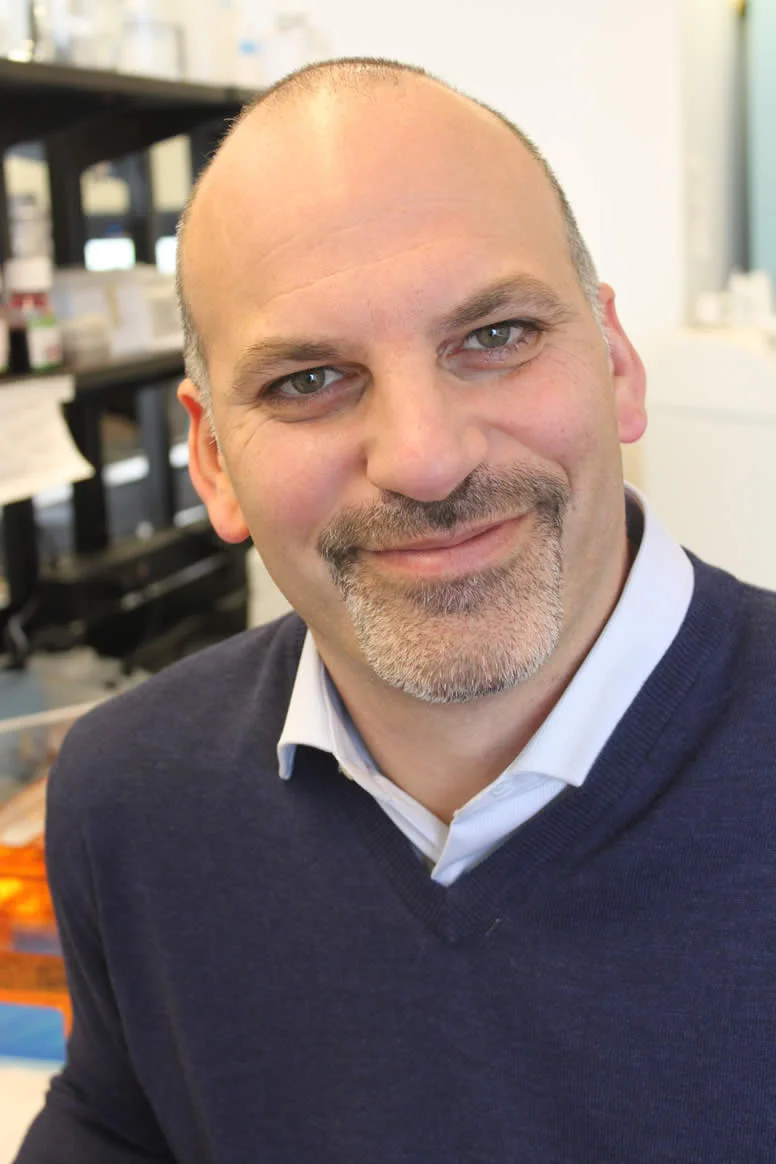



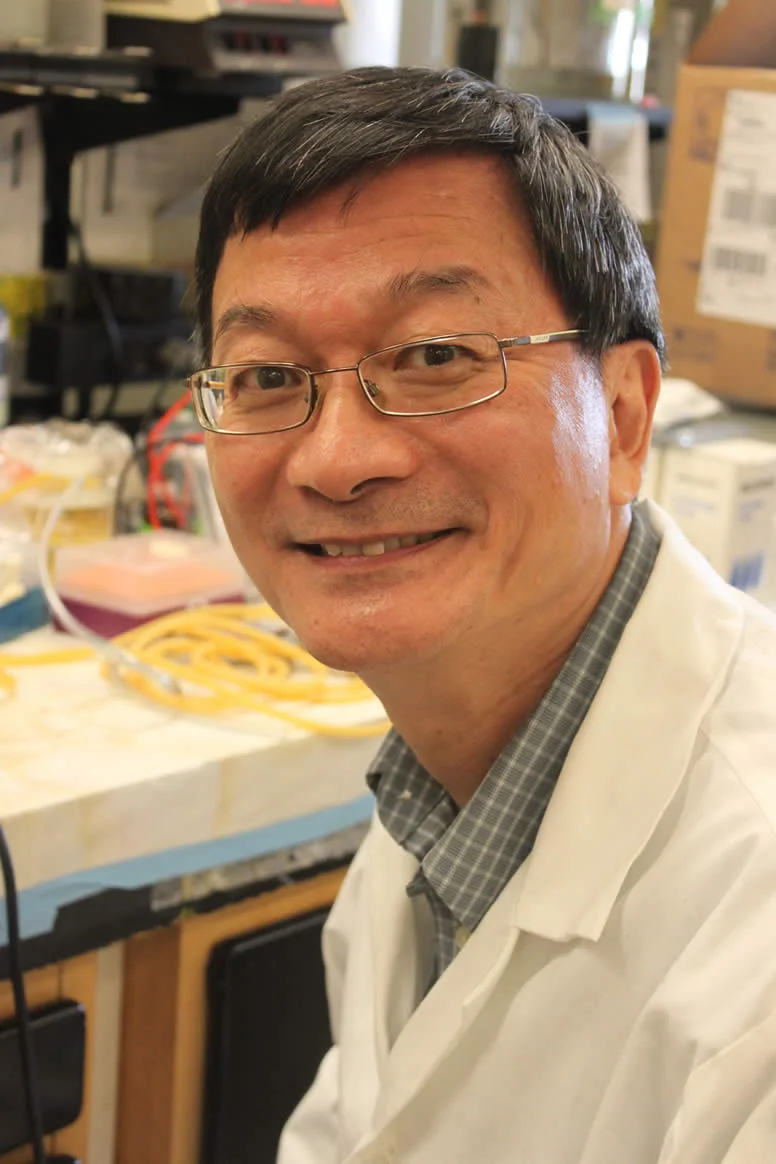






















Dr. Andres is interested in understanding the molecular mechanisms of bacterial DNA damage response and repair and the role these interactions play in driving the evolution of antimicrobial resistance.
Source: Faculty of Health Sciences, McMaster University.